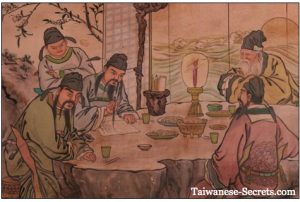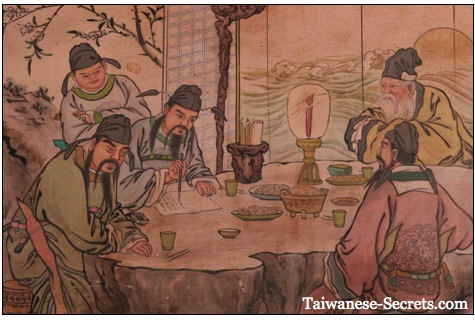Ancient Chinese translation can be traced back to 3000 years and it was integral to the development of the traditional Chinese culture in the subsequent years. The nation has a five-thousand-year-old civilization in which, the history of translation can be traced to 1100 BC in ancient China.

Translation during the Zhou dynasty
Documents unearthed from the time of the Zhou dynasty have revealed that translation activities were very much present in that era. The translation was done by government clerks who transmitted ideologies in the process. It was at the time of the Zhou dynasty in 1100 BC that an imperial scholar, Jia Gongyan, defined the meaning of translation by saying that it was a replacement of one written language with another without changing the context to foster mutual understanding.
Later on, at the time of the Han dynasty from 206 to 220 BC, translation became an integral part of sharing information. Buddhist writing from the original Sanskrit was translated into Chinese at the same time when astronomy was introduced into China from India. During the 5th century, ancient Chinese translation and the need for an ancient Chinese translator grew manifold. The Buddhist monk Kumarajiva was instrumental in translating several texts into Chinese.
Bringing in knowledge from abroad became common during the Sui dynasty and the Tang dynasty although much of the work was restricted to a translation of Buddhist scripts. Xuan Zang was regarded as a famous ancient Chinese translator who also doubled up as a spiritual master. He was credited with translating the original works of the Tao master Lao Zis works into Sanskrit and classical Chinese literature into Indian languages.
Xuan Zang
The time of Xuan Zang was considered the golden era of ancient Chinese translation and the ancient Chinese translator. There were other monks like Bu Kong, Yi Jin and Shi Nan Tuo who acted as bridges between China and India during ancient times. Translation of classical Chinese literature also flourished during the Song dynasty. Translation of Buddhist sutras diminished during the reign of Yuan and the Ming dynasties.
As the attention of China was directed westwards during the Yaun and Ming periods, Arabic works were also translated into Chinese and vice versa. Two notable Arabic astronomy books were translated into Chinese along with several books on medicines. At a later date, during the 16th century, Europeans came in contact with the Chinese and the scope of ancient Chinese translation and the ancient Chinese translator grew further.
Information on ancient Chinese translator to get information on its history.
